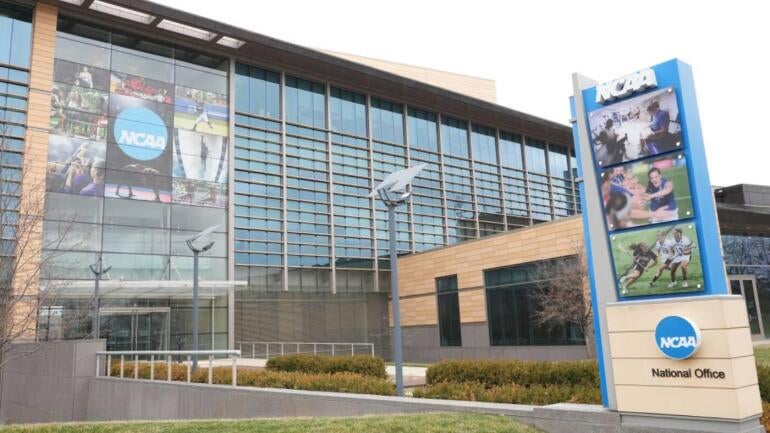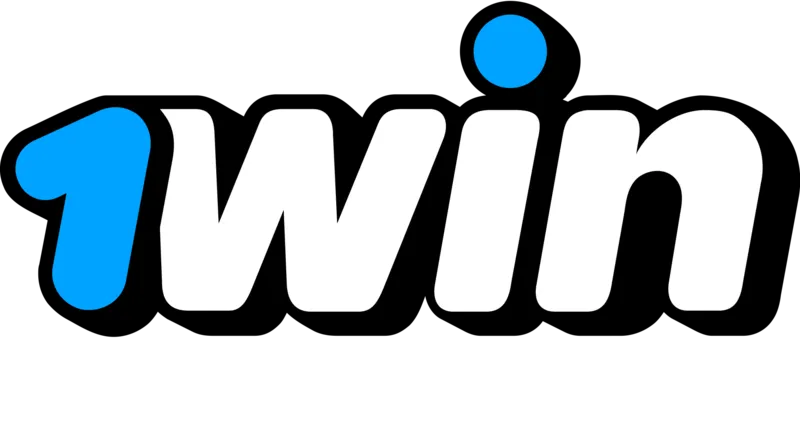
New Beginnings: How July 1 Transforms Athlete Compensation in College Sports
This article explores the landmark changes surrounding athlete compensation in college sports beginning July 1, detailing the new revenue-sharing framework.
New Era for College Athletes
College athletics enters a new era on July 1 with the House v. NCAA settlement implementation, which allows schools to profit share with athletes for the first time. This represents a historic shift in college sports by enabling schools to pay players directly for their performance.
Changes to Athlete Payments
For the initial time, universities can share revenue with students, with athletic departments permitted to use their available funds for compensation—expected to reach a cap of approximately $20 million annually per institution. This sum is intended to encompass all forms of athlete compensation across various sports, not solely those that generate revenue.
Impact of the Settlement
The proposal anticipates that also includes budgets for women’s sports and might see distributions extending to nearly half of athletic revenues in certain departments. Notably, the settlement breaks from previous rules that restricted such financial arrangements, marking a major evolution in collegiate sports.
Schools and Participation
Any NCAA institution that embraced the House settlement may engage in revenue sharing mechanisms, irrespective of their competitive level or funding status. Notably, schools in powerful conferences like the Big 12, Big Ten, and SEC have already signaled intentions to distribute substantial amounts to players.
Administration of Compensation
Regulation and enforcement of player payment will now be overseen by the Power Four conferences, under a newly created body. This organization is tasked with ensuring compliance with the forthcoming salary cap and regulating the implementation of NIL contracts through a designated clearinghouse.
Conclusion
The implications of this transformation extend beyond immediate payments, raising questions regarding contracts, athlete movement, and enforcement. The introduction of this payment structure is anticipated to change the dynamics of college athletics significantly.


